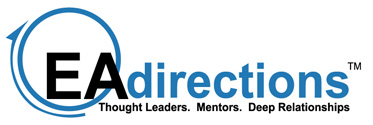Recently, we have discussed the HL classes for Business Archtiecture (functions, processes, services) and Application Architecture (application classes and platforms) and Technology Architecture (domains and components). Now let’s turn to Information Architecture, not Data Architecture.
In order to get started with Information Architecture, you need to identify all of the major “things” that your business produces or acquires information about. We will call these information classes. They are not databases or objects or attributes. They are conceptual in nature, but they represent the major entities that your enterprise requires information about. These typically include entities such as customer, supplier, product or service, orders, items, employees, facilities, and inventory. Of course, each enterprise may have their own language. For instance, a financial services company may call their products by a different name, such as policy or account or fund. And public sector organizations may not use the term customers, but rather citizens, constituents or voters. And those in the healthcare related businesses would say patients. In any case, you are primarily concerned with the group of people the enterprise is providing a service or product to, the sources of those products, and the major entitities involved in the production, stocking, logistics, ordering and delivery of said product or service. You may have subclasses, as well, but for the purposes of getting started, we suggest no more than one level of decomposition.
Once the High Level Information Classes have been identified, they become more meaningful to EA work once you map them to the functional heirarchy and application classes. For more information and examples related to this type of information mapping, please see our Jump Start materials (Contact us for details).
